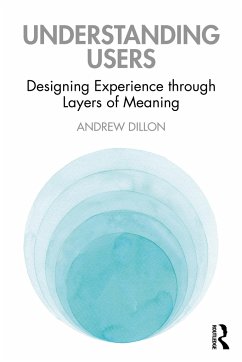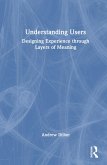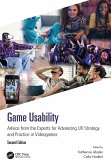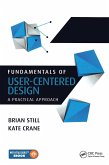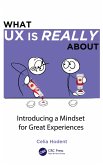Grounded in the user-centered design movement, this book offers a broad consideration of how our civilization has evolved its technical infrastructure for human purpose to help us make sense of our contemporary information infrastructure and online existence. The author incorporates historical, cultural, and aesthetic approaches to situating information and its underlying technologies across time in the collective, lived experiences of humanity.
In today's digital environment, user experience is vital to the success of any product or service. Yet as the user population expands to include us all, designing for people who vary in skills, abilities, preferences, and backgrounds is challenging. This book provides an integrated understanding of users, and the methods that have evolved to identify usability challenges, that can facilitate cohesive and earlier solutions. The book treats information creation and use as a core human behavior based on acts of representation and recording that humans have always practiced. It suggests that the traditional ways of studying information use, with their origins in the distinct layers of social science theories and models is limiting our understanding of what it means to be an information user and hampers our e orts at being truly user-centric in design. Instead, the book o ers a way of integrating the knowledge base to support a richer view of use and users in design education and evaluation.
Understanding Users is aimed at those studying or practicing user-centered design and anyone interested in learning how people might be better integrated in the design of new technologies to augment human capabilities and experiences.
In today's digital environment, user experience is vital to the success of any product or service. Yet as the user population expands to include us all, designing for people who vary in skills, abilities, preferences, and backgrounds is challenging. This book provides an integrated understanding of users, and the methods that have evolved to identify usability challenges, that can facilitate cohesive and earlier solutions. The book treats information creation and use as a core human behavior based on acts of representation and recording that humans have always practiced. It suggests that the traditional ways of studying information use, with their origins in the distinct layers of social science theories and models is limiting our understanding of what it means to be an information user and hampers our e orts at being truly user-centric in design. Instead, the book o ers a way of integrating the knowledge base to support a richer view of use and users in design education and evaluation.
Understanding Users is aimed at those studying or practicing user-centered design and anyone interested in learning how people might be better integrated in the design of new technologies to augment human capabilities and experiences.

